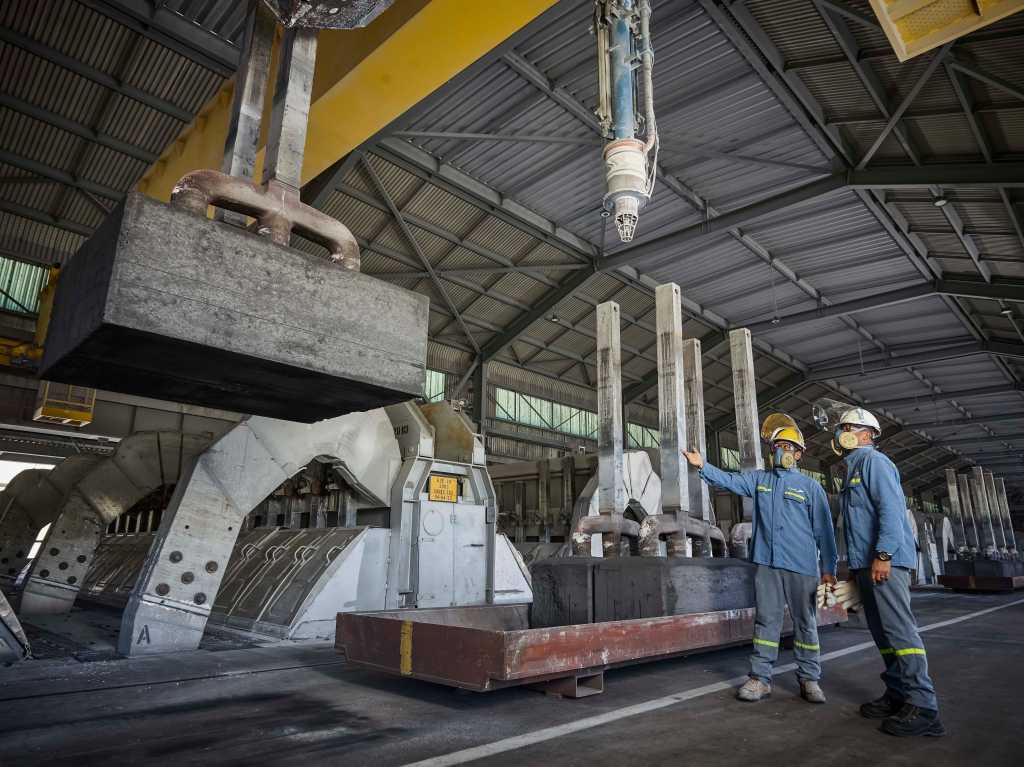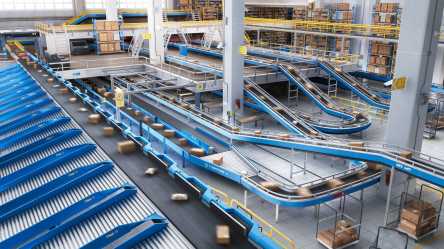Carlo Nizam discusses EGA's ambitious digital transformation journey, exploring the role of AI, IoT, and automation in revolutionizing operations, driving sustainability, and shaping the company’s future aspirations

When Carlo Nizam joined EGA in 2021, he was tasked with leading the company’s digital transformation, a journey aimed at optimizing every aspect of the business. Carlo describes his dual role as Chief Digital and Information Officer (CDIO) as one that combines both traditional IT and digital transformation responsibilities. “We look at data as a valuable commodity. Just like refining materials in the aluminium process, we are refining data to unlock untapped potential,” Carlo explains. Under his leadership, EGA has evolved its digital strategy, aligning data refinement with operational excellence.
EGA’s digital transformation is driven by a dual-track strategy, designed to deliver both short-term impact and long-term scalability. Carlo emphasizes that the digital factory is the heart of this transformation, executing practical use cases that deliver measurable results. “The digital factory delivers quarterly waves of use cases, which are implemented in agile sprints. Each wave involves multiple business areas, from supply chain and marketing to operations, HR, and finance,” Carlo says. This approach allows the company to demonstrate tangible results quickly while working toward more complex, large-scale initiatives. Since its inception, EGA’s digital factory has delivered over 100 million USD in impact, with more than 80 use cases, ranging from AI applications for real-time quality checks to predictive tools for market movements.
While immediate results are essential, EGA is also focused on building foundational capabilities for long-term growth. Carlo highlights that defining digital ambitions is a critical aspect of the company’s strategy. For each business area, EGA crafts a digital roadmap, outlining its long-term vision and strategies for implementing new digital capabilities. Upskilling the workforce plays a key role in this process. EGA has established a Digital Academy, which has trained over 2,000 employees in AI, data science, and agile methodologies. This empowers the workforce to leverage technology, ensuring scalability and success in the digital age. Additionally, the company is investing in robust data platforms to organize and refine data generated across its operations. This enables employees to easily access and analyze data, unlocking new opportunities for value creation. EGA also employs an agile operating framework, called Sabeel, which supports a rapid delivery model. This model enables cross-functional teams to collaborate and deliver value quickly through iterative, short-term sprints.
Sustainability is a core value at EGA, and the company is using digital innovation to reduce the environmental impact of its aluminium production. Carlo points to two major initiatives in this area. The first is the GHG MRV Project, a collaboration with the Ministry of Climate Change to develop a greenhouse gas (GHG) monitoring system that collects, processes, and visualizes emissions data. Powered by sensors, cloud solutions, and AI, the system provides real-time insights that are shared with the government, enhancing transparency and compliance. The second initiative focuses on greening EGA’s IT operations. The company has transformed its IT infrastructure by creating the region’s first 100% renewable energy-powered industrial data centers. These centers support AI and automation solutions while reducing IT energy consumption by 50%. EGA has also committed to ensuring that all its IT operations, from cloud computing to AI, are powered entirely by renewable energy.
Carlo believes that AI’s ability to innovate and redesign materials could unlock new possibilities in aluminium production, making it more efficient and sustainable. “It’s not just a question of AI, it is about what type of AI we use and for what,” add. “We are exploring how AI could potentially change the characteristics of materials and revolutionize the production process.”
For example at EGA, AI-powered cameras are being used to enhance operational efficiency and ensure precision in critical processes. One such application is in the Smart Cranes system, which oversees the replacement of anodes; large carbon blocks essential for electricity conduction during smelting. EGA’s real-time vision AI model helps supervisors monitor compliance during the 9 million crane tasks performed annually by over 5,000 operators. Integrated with the industrial operations mobile platform, the AI system generates alarms in case of non-compliance, enabling immediate corrective action.
In the carbon anode facility, AI cameras are also revolutionizing quality control. Previously, only 2% of the anodes produced were manually inspected for defects. With the installation of cameras at the inspection station, EGA now uses a neural network machine learning model to analyze nearly 4 million images each year. This system automatically inspects 100% of anode surfaces, detecting defects in real time with greater accuracy than the human eye, significantly improving the quality of the aluminium produced.
Under Carlo Nizam’s leadership, EGA is not just embracing digital transformation, it is setting a new benchmark for the aluminium industry. By harnessing advanced technologies, fostering a digitally skilled workforce, and laying the groundwork for scalable growth, EGA is positioning itself as a digital leader in the global aluminium sector. The company’s journey is a testament to the power of combining innovation, sustainability, and agility in driving long-term success. As we look to the next decade, EGA’s commitment to digital transformation and sustainability is poised to redefine how the aluminium industry operates, making it smarter, more efficient, and environmentally friendly.









